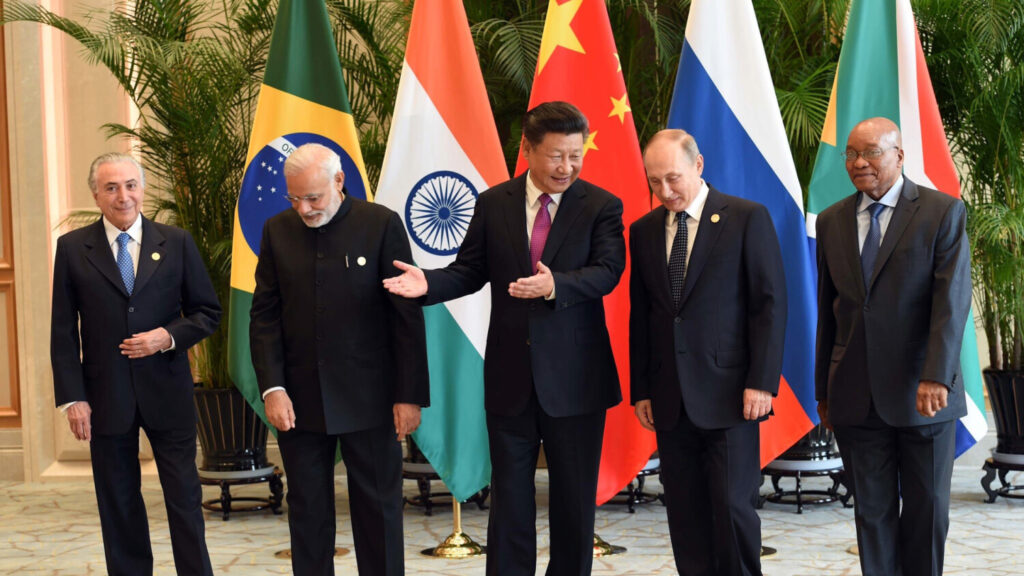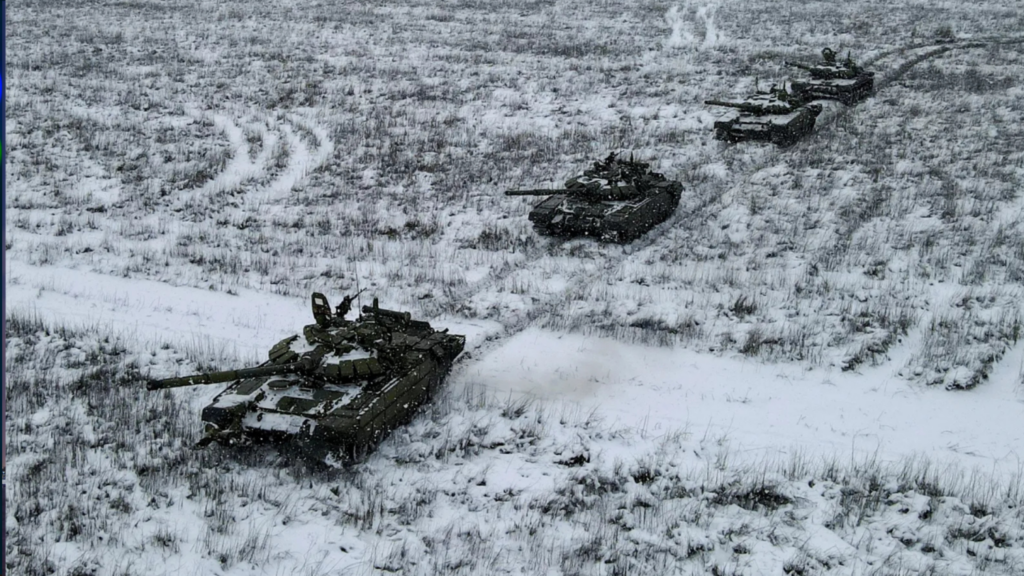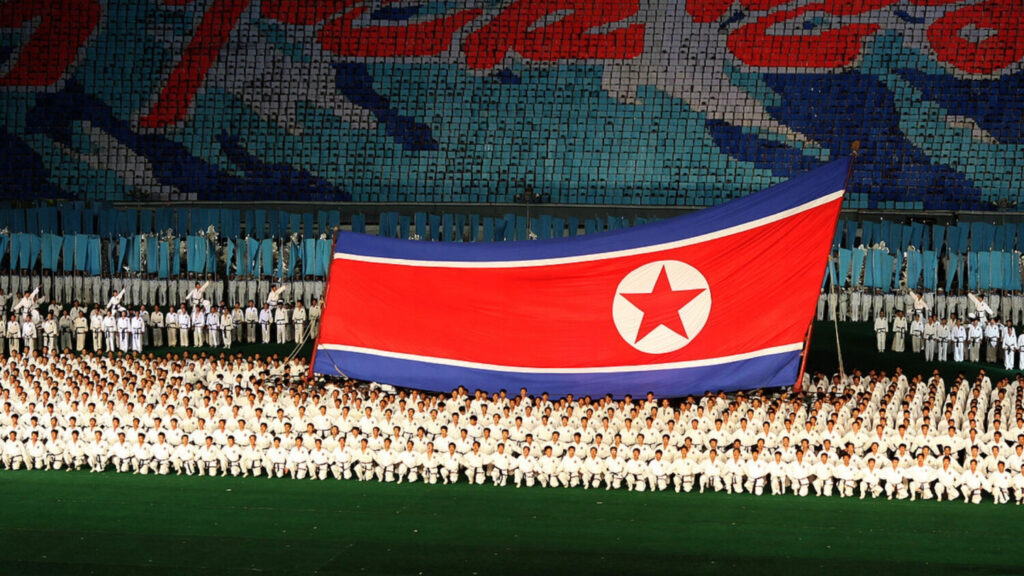Middle Powers in Motion: Strategic Timing and Regional Influence Across the Global South
The current global political system has created multiple centres of power which makes it harder to predict how international norms will evolve. The institutions that once managed power conflicts between nations face difficulties in handling the rapid developments of new crises. For middle powers, success depends on their ability to interpret and anticipate global trends, aligning their diplomatic, economic and strategic choices with rapidly changing conditions while maintaining internal stability.
The United States and China are engaged in multiple fronts of competition, including military capability, technological innovation, and institutional influence. Russia leverages its energy resources and regional domination to maintain strategic relevance and assert dominance within its near abroad. Europe remains divided between its commitment to the transatlantic alliance and pursuing greater strategic autonomy as it tries to establish its position in international affairs. The Middle East continues to experience ongoing conflicts and changing alliances between different nations.
Major power competition increasingly extends beyond their established geographic areas of influence. The rivalries between nations now manifest through areas such as control of: multilateral organisations, digital infrastructure and supply networks. The battle for technological supremacy through semiconductor development, artificial intelligence management, and cybersecurity protection has created challenges between economic strategy national and defence worldwide. For middle powers, navigating these intersections required calibrated policies to avoid diplomatic friction and economic exposure.
In the Global South, middle powers actively participate in shaping international norms instead of observing passively. Yet, these nations face three main structural barriers that restrict their ability to manage crises effectively as their institutions are weak and their foreign policies remain reactive. The limitations that middle powers face can transform into strategic advantages when they receive deliberate attention. Middle powers who develop domestic capabilities and create long-term plans will establish themselves as stabilizing forces in an unstable global environment and fragmented global system.
Several states have already demonstrated their capacity to adapt through their current diplomatic actions. Indonesia’s emphasis on regional diplomacy, South Africa’s pursuit of institutional reform and Mexico’s North-South equilibrium maintenance illustrate distinct approaches to repositioning within an increasingly changing global system. The different results of these efforts demonstrate that strategic leverage operates as a real-world concept because nations are currently putting it into practice.
The “Pivot Point Theory” provides an effective framework for understanding this dynamic. It posits that well-timed, strategic actions performed at specific moments can generate outcomes that exceed their initial scale, much like a small weight shifting a fulcrum’s balance. For middle powers, identifying and acting upon these moments of strategic convergence allows them to maximize their influence and achieve significant regional or institutional impact with limited resources.
The Middle East offers a practical example of Pivot Point Theory in operation. The Gulf states of Saudi Arabia, the United Arab Emirates, Qatar, and Oman are concurrently pursuing diplomatic initiatives aimed at de-escalating tensions between Iran and Israel while maintaining regional stability. Their different diplomatic approaches to these nations demonstrate their mutual recognition that their timing and positioning enables them to achieve influence. Saudi Arabia’s outreach to Tehran, Qatar’s mediation efforts, and Oman’s discreet shuttle diplomacy all reflect a shared understanding that timing and positional flexibility can yield influence beyond conventional measures of power. The external pressures against Iran force the state to handle two main challenges which involve controlling outside forces while readjusting its regional position because of the changing Gulf political conditions. The ability to make decisive actions during these critical times has already started transforming the region because of its direct impact on current events.
The influence of small and middle powers depends on maintaining a delicate balance between Western power centres, led by the United States and Europe, and the growing assertiveness of Eastern powers such as China and Russia. Positioned on a fluid geopolitical scale, these states achieve more than regional stability through their precise and independent actions because they create pressure on the global hegemonic system. The Middle East exemplifies this dynamic, where limited but strategic adjustments can generate disproportionate global effects.
Other regions also offer similar openings; the middle powers of Africa function as mediators between external powers seeking to expand their influence throughout the continent while the middle powers in Latin America work to build regional unity against external control. To succeed, middle powers must prioritize credibility, institutional innovation, and pragmatic diplomacy over dominance, using connectivity and convening capacity as instruments of sustained influence within an evolving global system.
The evolving competition between China and India presents a key opportunity for intervention. What began as a regional rivalry had expanded into a contest influencing global trade, technological development and security frameworks. Middle powers should function as impartial mediators to reduce tensions and establish communication channels between conflicting parties. Their participation in Asian stability efforts enables middle powers to gain increased influence within the multipolar system.
To remain effective, middle powers must create adaptable foreign policies while building stronger governance systems and developing crisis management skills with clear strategic directions to stay relevant. Their influence will derive from their ability to act decisively in critical times rather than their military strength or national size. The ability to adapt quickly gives nations their strength in an environment characterized by continuous change and division.



